It’s hard to say what car is destined to become an icon or classic. Unfortunately, some cars are never given the chance. Such was the case of the 1970 VW-Porsche Tapiro.
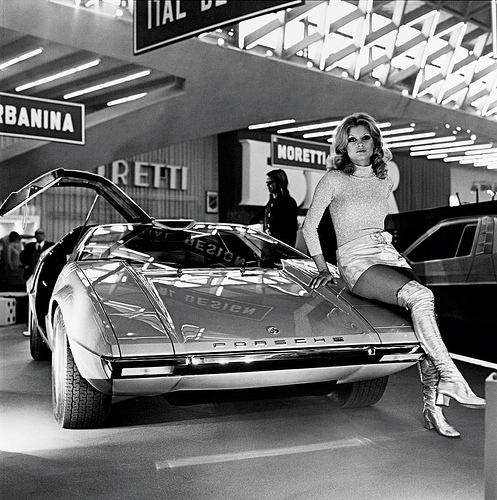
What, you’ve never heard of a Porsche Tapiro? Don’t feel too bad. Unless you happened to be at the Turin Motor Show in 1970, your chances of having seen or heard of this car are very slim. Chances are, even if you haven’t heard of a Porsche Tapiro, you are still familiar with its styling (note the gullwing doors, straight, crisp lines and wedge shape). Designed by Girogetto Giurgiaro, in what was then known as the “folded paper” era of car design, most concept and production level super cars of the 1970s were influenced by this one-off prototype.
Who is Giorgetto Giugiaro
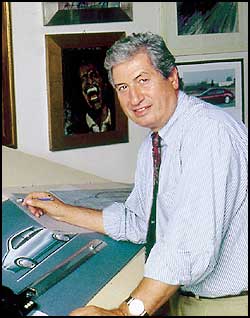 Giorgetto Giugiaro is an Italian car designer who may be best known for the introduction of the “folded paper” era of car design. The name lends itself to the straight lines and sharp edges made popular on a wide variety of early ‘70s super cars conceptualized and designed by Giurgiaro (Lotus Esprit, De Lorean DMC 12, Maserati Merak, Bora and Quattroporte, BMW M1, etc. etc.). Many other manufacturers would take their design cues from Giurgiaro including Lamborghini, Ferrari, Audi, Bugatti, etc.; the clean lines of the Porsche Tapiro being highly evident in their styling.
Giorgetto Giugiaro is an Italian car designer who may be best known for the introduction of the “folded paper” era of car design. The name lends itself to the straight lines and sharp edges made popular on a wide variety of early ‘70s super cars conceptualized and designed by Giurgiaro (Lotus Esprit, De Lorean DMC 12, Maserati Merak, Bora and Quattroporte, BMW M1, etc. etc.). Many other manufacturers would take their design cues from Giurgiaro including Lamborghini, Ferrari, Audi, Bugatti, etc.; the clean lines of the Porsche Tapiro being highly evident in their styling.
In addition to these icons of super car class and style, Giurgiaro played lead roles in the design of some of the best selling cars ever (VW Golf and Scirocco, many Subarus, Fiats, Saabs, etc.). To say the Giurgiaro is a prolific and successful car designer would be an understatement of immense proportions. In recognition of his talent, Giurgiaro was awarded the “Car Designer of the Century” by the Global Automotive Elections Foundation (this is an international award given to the most influential car designer of the Twentieth Century).
Porsche Tapiro Today
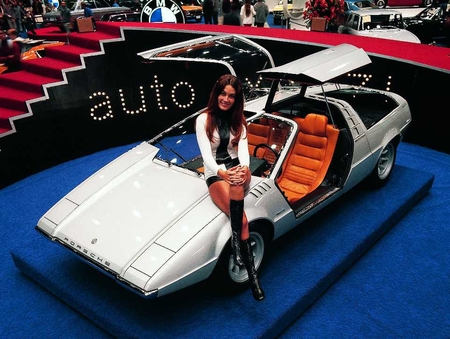
As I alluded to in the opening statement of this post, the 1970 Porsche Tapiro had a brief, but explosive existence. Introduced to the world at the 1970 Turin Motor show, the car was based on a Porsche 914/916 chassis and mechanicals. Even as a one-off prototype the car was delivered to the show as a fully operational and road-going model.
Following the show, the car was purchased by a wealthy Spanish industrialist who used the car as a daily driver until the car was literally blown up by terrorists protesting its owner’s labor policies. The rusted remains now call an Italian Museum home.
While I’m not 100% certain, I think it is safe to say this car may have made its way into production given the other similar cars of the time (Delorean DMC, Lotus Esprit, Lancia Stratos, BMW E25 Turbo, etc.). what do you think? Were you familiar with this Porsche? Does anyone happen to know the name of the Museum where the car’s remains can be found? Updated March 5, 2009: After some searching and discussions with others I was able to get more information. Read it here at Porsche Tapiro I Found It!
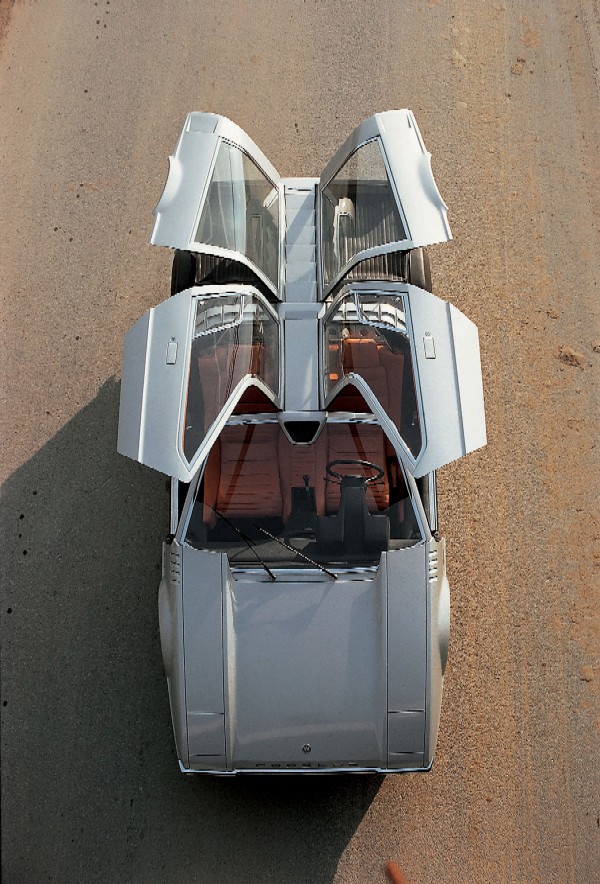
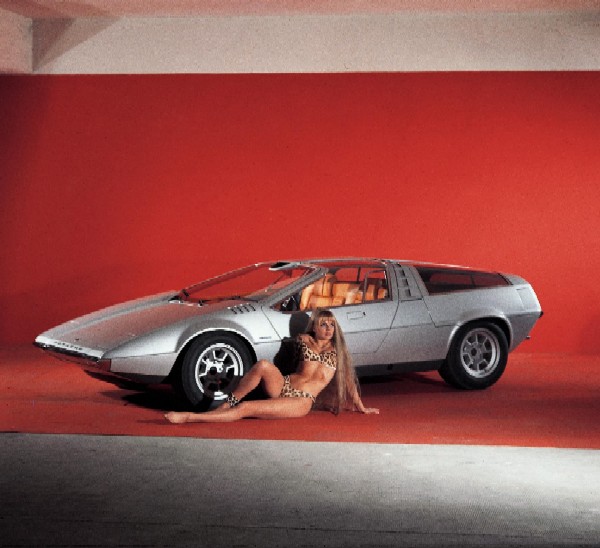
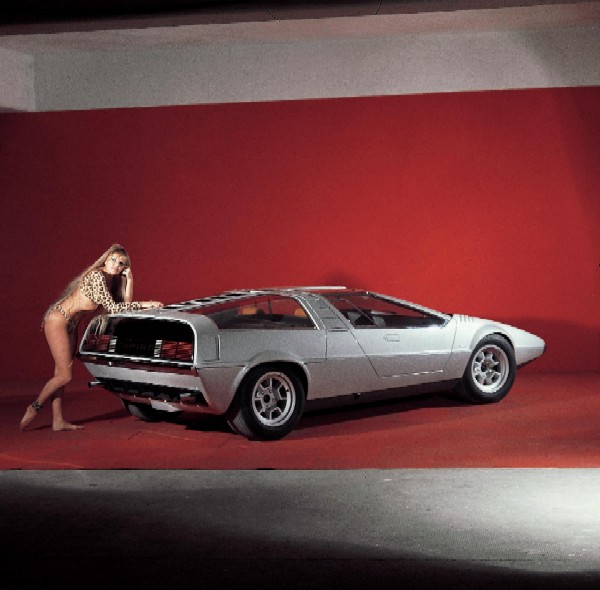
Porsche Tapiro Specifications
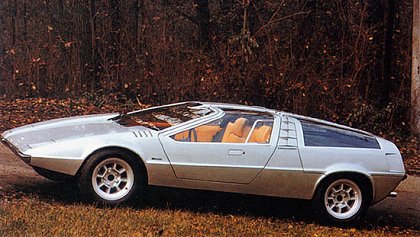
- Body architecture: 2-seat
- Overall dimensions (mm): length 4060, width 1760, height 1110
- Wheelbase, front and rear track: 2450,1380,1460
- Front and rear overhang: 895,715
- Engine position and drive: mid longitudinal engine, rear drive
- Engine: Porsche Bonomelli Tuning 6 cylinder horizontally opposed, 2400 cc/cm3, 220 HP at 7800 rpm
Related Posts
Porsche Tapiro, I Found It!
Porsche, Gravity Racing and Zero Emission Race Cars
A Porsche Model Like no Other
Porsche Automotive Dioramas
Info on Butzi Porsche and the Design of the Porsche 911
[Source: MotorTrend, Wikipedia, Italdesign SupercarConcepts]